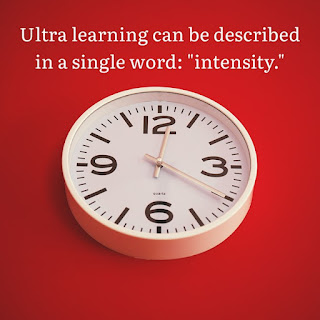The war of art summary book by Steven Pressfield Break Through the Blocks and Win Your Inner Creative Battles

When we attempt to complete a task, we encounter resistance because we aspire to execute it perfectly, not wanting to compromise our efforts. Resistance aids us in performing our tasks more effectively and guides us toward more beneficial pursuits. Feeling resistance signifies that "you desire to engage in work you love, yet somehow you can't," indicating a significant opportunity exists (an opportunity to solve a problem). Resistance prevents you from sharing your work with the world. Set aside a specific time every day to work on your tasks, persisting through resistance(working on it's suggestions) until you become exhausted; insights will emerge. Work while seated(sit don't lay on bed). Steven Pressfield begins writing his books daily at 10:30 am, battling resistance for 3-4 hours until exhaustion. Resistance is a natural force that advises us to proceed cautiously. Resistance is the path to transforming passion into purpose. To derive the most benefit from re...













